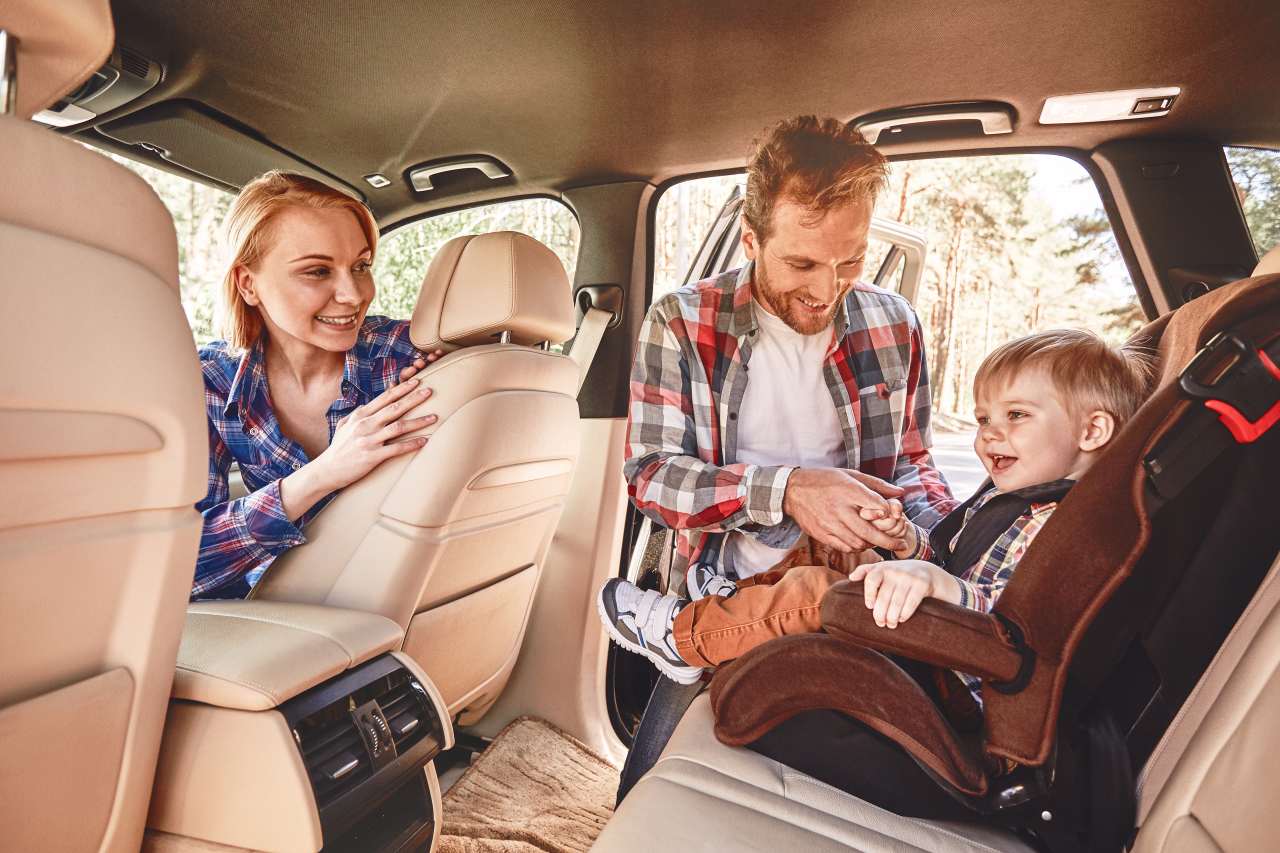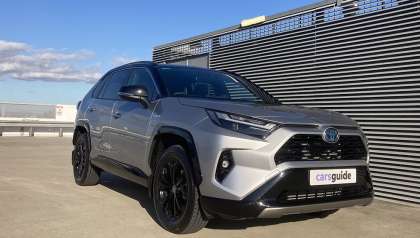And so we've reached the end of this Outback adventure, and I guess it all boils down to the answering of a single question — is the extra spend on then turbocharged engine worth it or not?
I suspect if you've got the Outback as a new-car finalist — and, as I've mentioned previously, it would be one of mine — you've probably already trimmed your list to a handful of vehicles at most.
I say that because the Outback is unique in modern motoring. It's not an SUV, and it's not a hybrid. It's a petrol-powered station wagon (remember them?), albeit one with more off-road ability than you might expect thanks to its decent ride height and AWD.
The point is, I think the Outback's biggest cross-shopped rival might actually be another Outback, rather than a vehicle from another brand.
With all of that in mind, the biggest rival for the Subaru Outback Sport XT I've just spent three months behind the wheel of is going to be the Subaru Outback Sport, which offers much of the same equipment and practicality, only for less money.
Notice those two little letters at the end of my test car? The XT denotes the turbocharged engine, available on the Sport and Touring but not on the entry-level Outback.
The range kicks off at $47,600 drive-away for the Subaru Outback AWD, and then climbs to $52,325 (again drive-away) for the non-turbo version of our test car, the Sport.
But shopping for the better engine adds around $5K to the asking price, with our turbocharged Sport XT pitched at $57,575 (drive-away).
So is it worth the extra money? In my opinion, yes it is.
.jpg)
I mentioned in an earlier dispatch that my sister has also just picked up a Subaru Outback, dressed in the exact same green as this one, only it's the non-turbo engine.
She's so far stoked with the car, and the practicality it provides for her five-strong family, but has complained about a lack of power underfoot when she needs to move quickly, like when overtaking.
There are no such issues in the XT, with the 183kW and 350Nm on offer (up from 138kW and 245Nm) from the 2.4-litre turbo-petrol more than enough to dispatch overtakes and the like.
.jpg)
It also makes the Outback a better, more engaging vehicle no matter where you're driving it. The extra power makes a difference, and it makes this wagon an even more accomplished kilometre eater.
I've knocked off some considerable trips in the Outback, and the best way to describe them is easy. The seats are comfortable, the ride is good, the cabin is mostly quiet and the steering is nice, too. Honestly, it's really no-fuss motoring here, which is a good thing.
But there is one fuel-shaped fly in the ointment. Unlike the regular Outback Sport, the XT required 95RON fuel, and Subaru reckons you'll see 9.0L/100km on the combined cycle, but I've been seeing more like 12 litres on average across the past three months.
Fuel is bloody expensive at the moment, too. I'm writing this not long after filling up the Outback's 63-litre tank with premium fuel that cost north of $2 per litre. And yes, it hurt.
Servicing will also sting a bit. There's a five-year, unlimited-kilometre warranty on board here, which is really just ok these days in a world of seven- eight and even 10-year warranties, and servicing is every 12 months or 15,000km.
Subaru caps the prices, meaning your first five services should be just under $3K in total. Which isn't that cheap. A RAV4, for example, is just over $1100 for the same period. Ouch.
.jpg)
Acquired: [July, 2023]
Distance travelled this month: 860km
Odometer: 4244km
Average energy consumption this month: 12.0L/100km
Verdict
Still, those extra stings aside, I can't remember many long-term vehicles that have slipped so easily into our life as the Subaru Outback Sport XT.
I like it, and I reckon you probably will, too.
Pricing Guides



.jpg)
.jpg)
.jpg)
.jpg)
.jpg)
.jpg)
.jpg)
.jpg)
.jpg)
.jpg)
.jpg)
.jpg)
.jpg)
.jpg)

.jpg)

.jpg)

.jpg)



